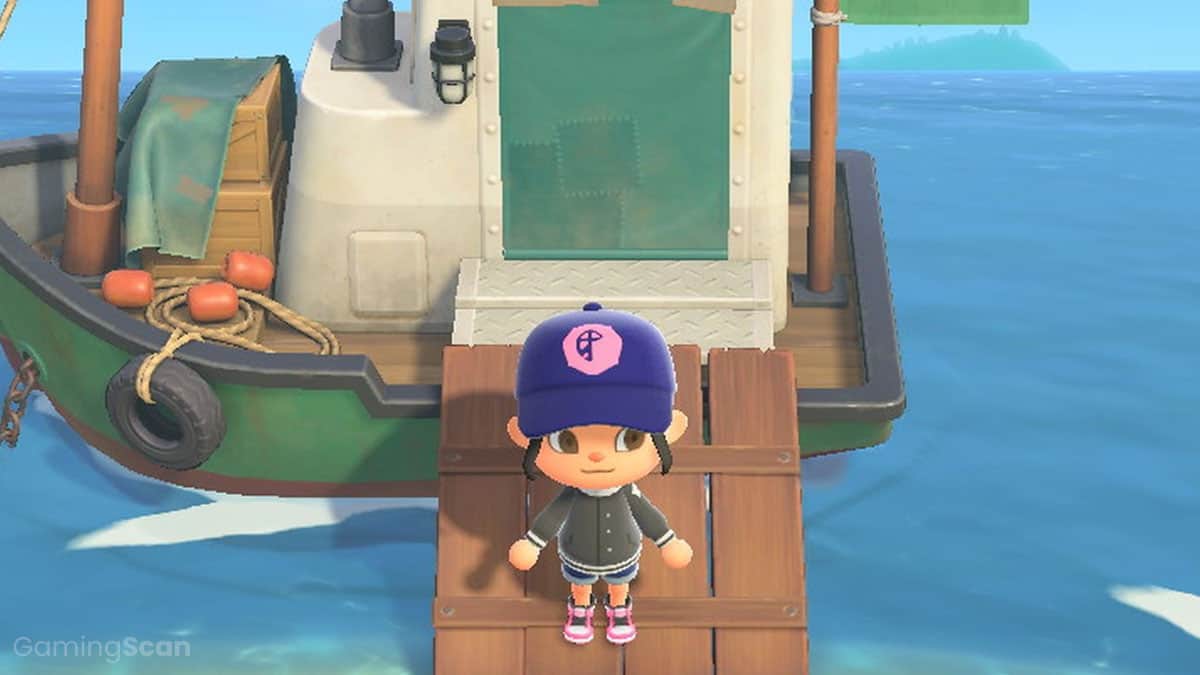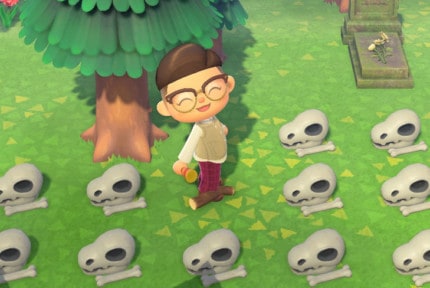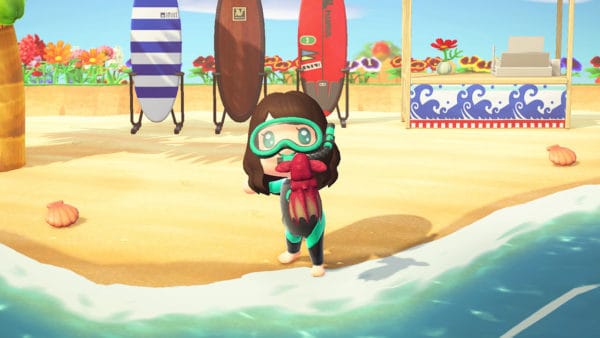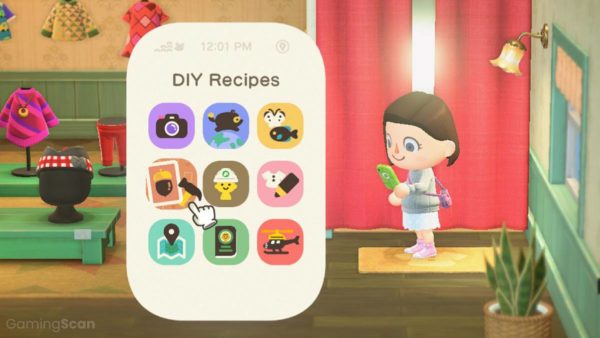If you’re having trouble figuring out how to spot real or fake art from Jolly Redd in Animal Crossing: New Horizons, we’re here to help. The swindling fox has appeared in previous games under the name ‘Crazy Redd’ and specializes in selling art.
In this guide, we’ll show you how to tell the difference between Redd’s real and fake wares and provide a list of every painting, statue, and artifact they have for sale. We’ll also discuss how to unlock Redd’s shop and what to do with art after you make a purchase.
Table of ContentsShow
How To Unlock Jolly Redd’s Shop
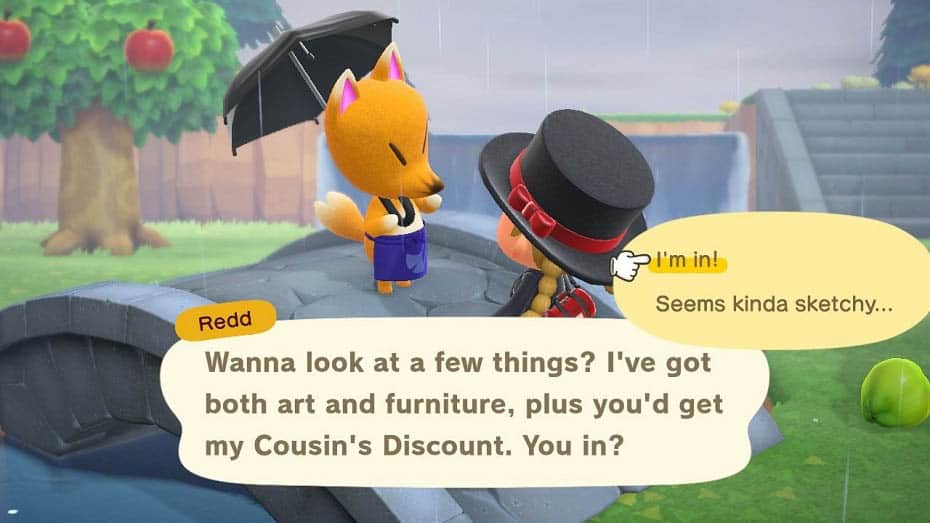
To get Redd to appear on your island, you’ll have to donate a combined total of at least 60 fish, bugs, or fossils to the museum. Once you have done this, talk to Blathers and bring up showcasing art in the museum. The day after your conversation with Blathers, Isabelle will issue a warning regarding sketchy art dealers during her morning announcement.
From there, explore the island until you come across Redd walking around. When you first talk to Redd, they’ll offer to sell you a random painting for the ridiculous price of 498,000 Bells. Decline, and they’ll knock the price down to 4,980 Bells. Since this first piece of art will always be genuine, consider buying it.
Next, donate the artwork to Blathers back at the museum, at which point he’ll mention opening up an art exhibit. The following day, you’ll notice the museum is closed for renovations. Another day later, the museum will reopen, this time with a dedicated art exhibit, and Redd will start showing up on your island on random days.
You can tell when Redd is visiting because their boat will appear north towards the back of your island on a small beach. When you see the boat docked, cross the walkway, and go inside to browse through Redd’s wares.
How To Spot Real Or Fake Art From Jolly Redd
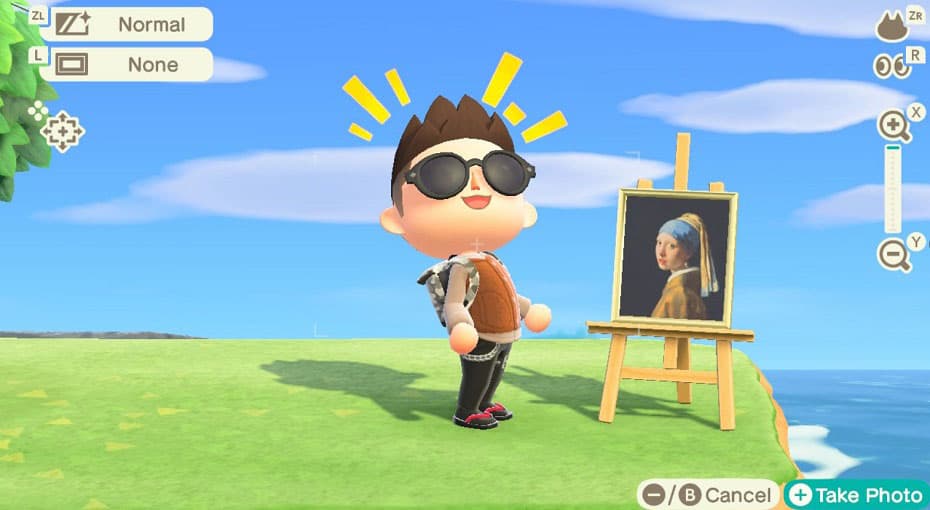
There are a combined total of 43 genuine paintings, statues, and artifacts to collect in New Horizons, each one based on a real-world piece of art. The trick for telling the difference between fake and real art is to focus your attention on anything that stands out or comes across as weird.
This can be as simple as the color being off, inconsistent facial features, clothing, backgrounds, etc. Keep in mind some paintings are genuine by default, so if it looks legit, don’t be afraid to trust your gut. With that being said, some fakes are subtle enough to trip you up.
To make things easier, below we’ve provided a list of every piece of art in the game along with instructions for spotting the fake version.
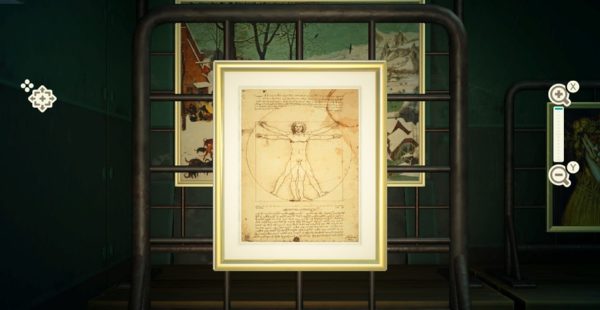
Academic Painting
The fake version of this painting has what appears to be coffee stains in the top right corner.
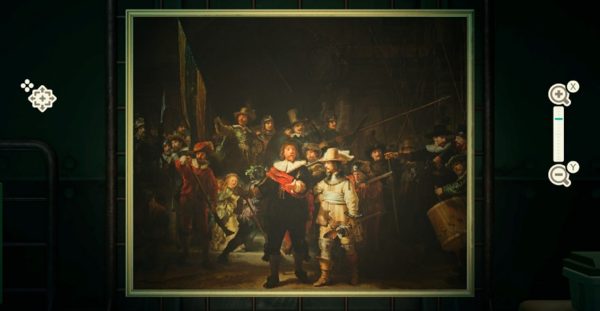
Amazing Painting
You can identify the fake version of this painting by the man in the center of the painting. In the real painting, he should be wearing a black hat.

Basic Painting
In the fake version of this painting, the boy’s bangs are entirely straight, whereas in the real one, you can see some of his forehead.
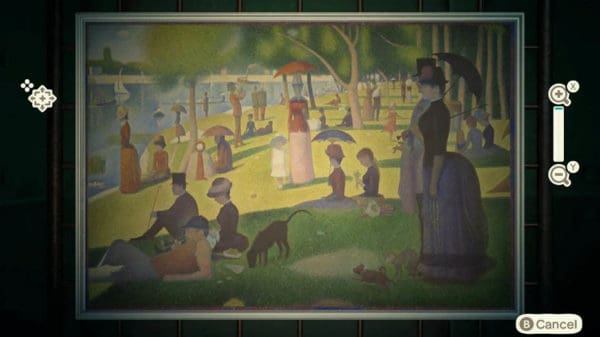
Calm Painting
There is no fake version of this painting.

Common Painting
This painting is always genuine.

Detailed Painting
In the fake version, the flowers are colored purple, whereas in the real one, they’re blue.
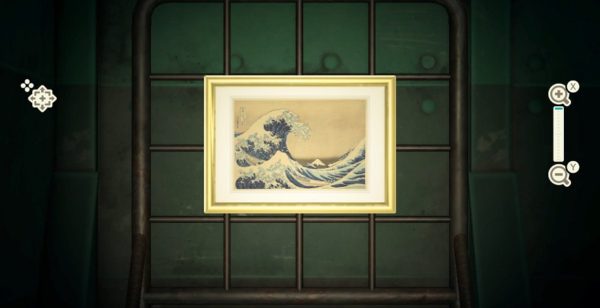
Dynamic Painting
There is no fake version of this painting.
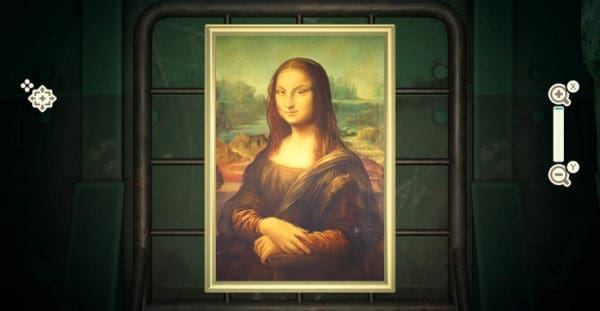
Famous Painting
In the fake version of this painting, Mona Lisa’s eyebrows are noticeably arched.

Flowery Painting
There is no fake version of this painting.
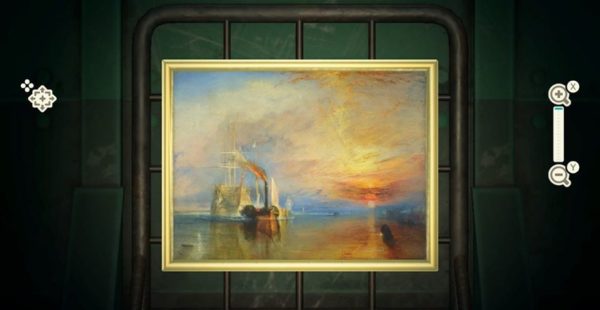
Glowing Painting
This painting is always genuine.

Graceful Painting
The best way to identify the fake version of this painting is to focus on the woman’s height and position. The fake one will depict her as being much taller or facing the right side instead of the left.
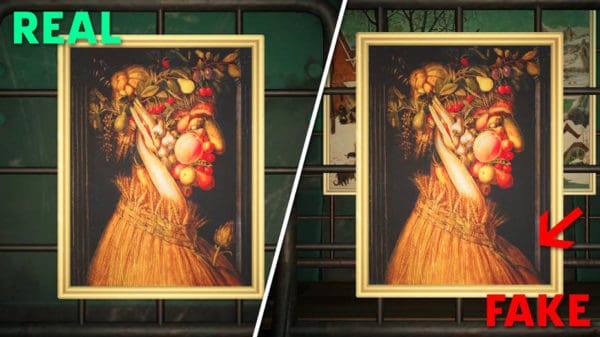
Jolly Painting
In the real version of this painting, the subject should have a leaf coming out of their chest near the lower right corner.
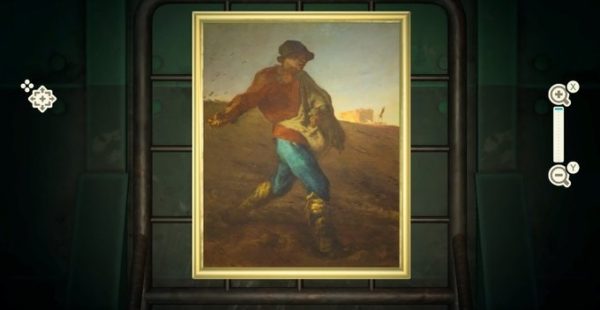
Moody Painting
The real version of this painting should feature a group of trees on the right side.
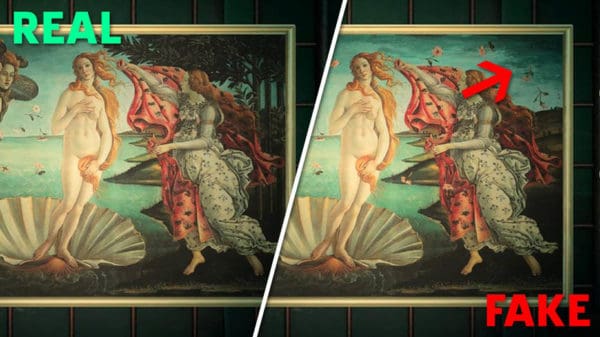
Moving Painting
The real version of this painting should feature a group of trees on the right side.

Mysterious Painting
This painting is always genuine.
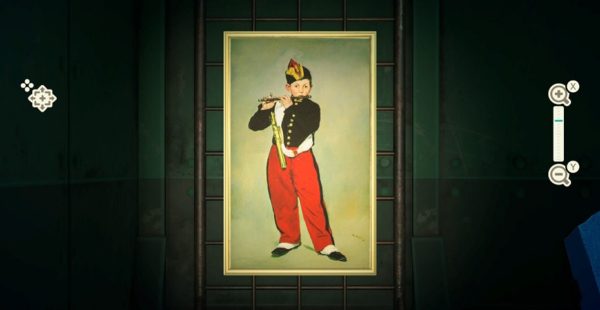
Nice Painting
There is no fake version of this painting.

Perfect Painting
There is no fake version of this painting.
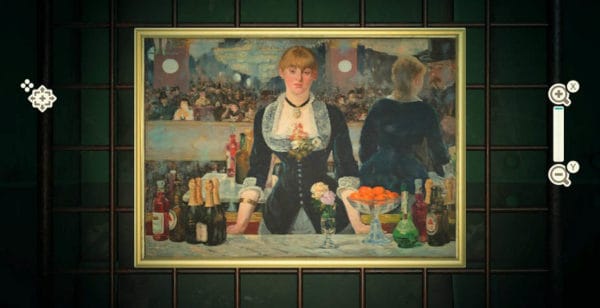
Proper Painting
This painting is always genuine.

Quaint Painting
You can make out the fake version by the thick stream of water spilling out of the pitcher. In the real one, it’s a small trickle of water.
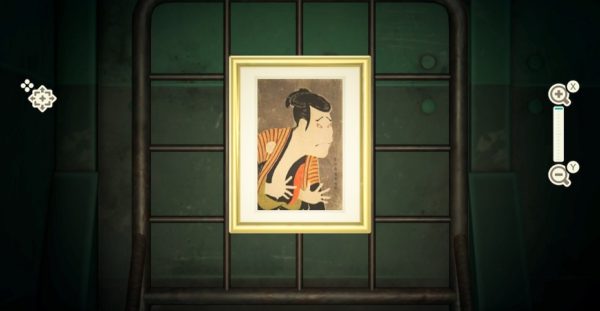
Scary Painting
In the fake version, the man’s eyebrows will be angled downward instead of upwards.
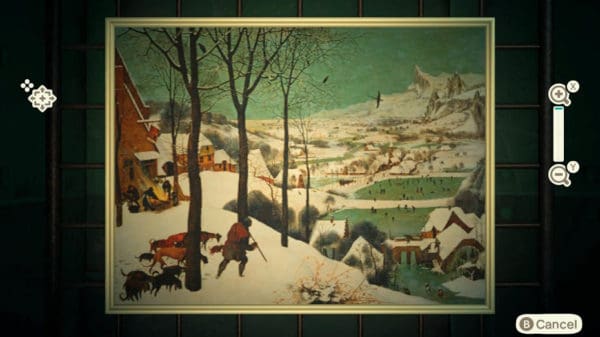
Scenic Painting
You can spot the fake by how many men are in the painting. In the real one, there should be two men in the bottom-left corner.

Serene Painting
The fake version of this painting features a slightly different colored animal, with dark markings surrounding its eyes and dark patches on its fur. In the real one, the animal is completely white.
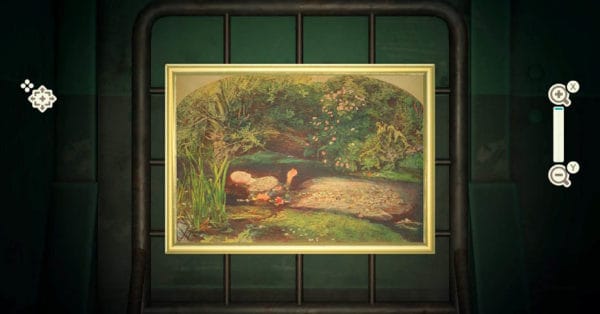
Sinking Painting
There is no fake version of this painting.

Solemn Painting
In the fake version, the man in the background doorway is just holding his arm in the air. In the genuine one, he’s holding a curtain up and his arm is slightly more bent.
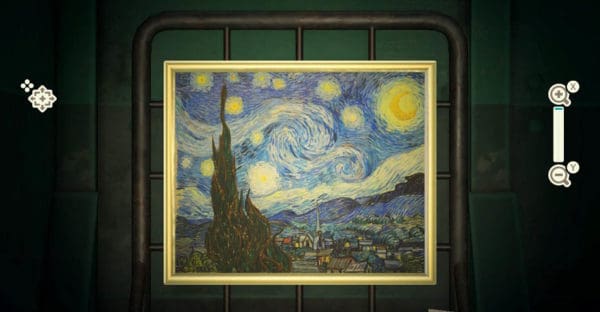
Twinkling Painting
This painting is always genuine.

Warm Painting
There is no fake version of this painting.
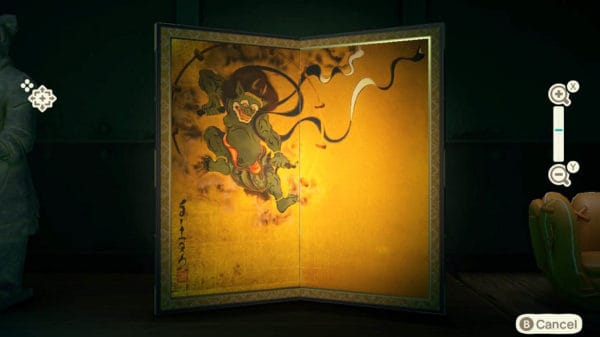
Wild Painting Left Half
In the fake version, the creature is colored green.
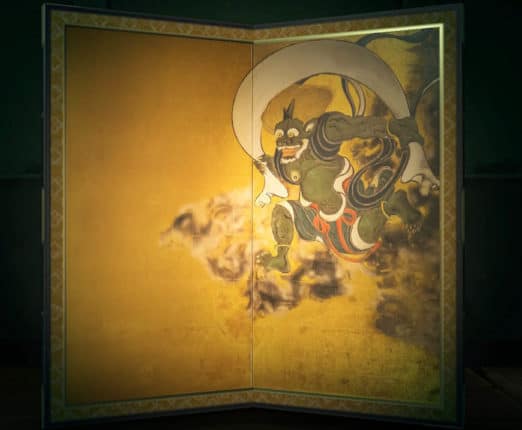
Wild Painting Right Half
Same as above, if the creature is green, it’s a fake.
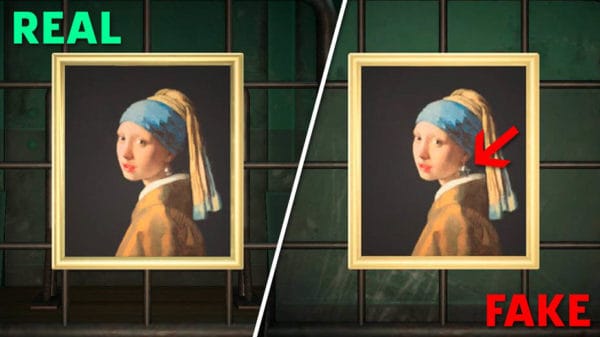
Wistful Painting
The easiest way to identify the fake here is to focus on the girl’s earrings. If they’re shaped like stars and not round pearls, it’s a fake. There’s also an alternate counterfeit where the girl’s eyes are closed.

Worthy Painting
This painting is always genuine.
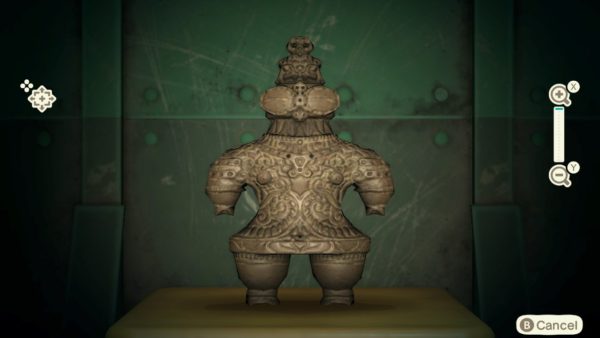
Ancient Statue
You can identify the fake by the statue’s head. If it appears to have antennas, you have yourself a fraud.
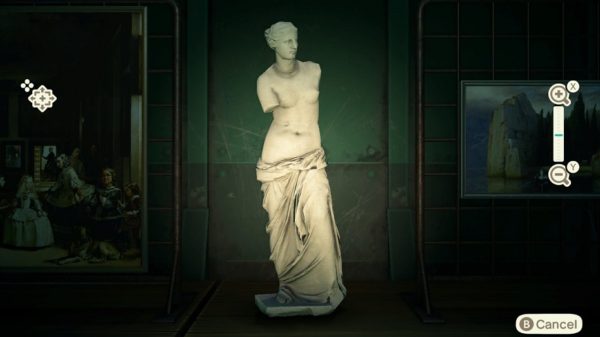
Beautiful Statue
In the fake version, the statue is wearing a necklace.
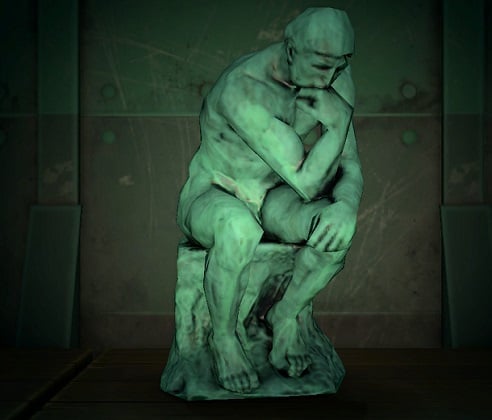
Familiar Statue
This statue is always genuine.
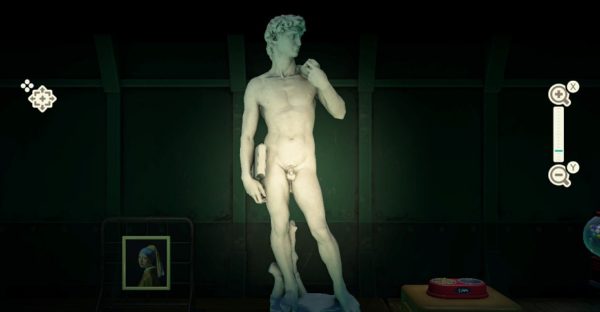
Gallant Statue
The fake version features a book held under the subject’s arm.

Great Statue
There is no fake version of this statue.

Informative Statue
The fake version is blue while the real one is colored gray.
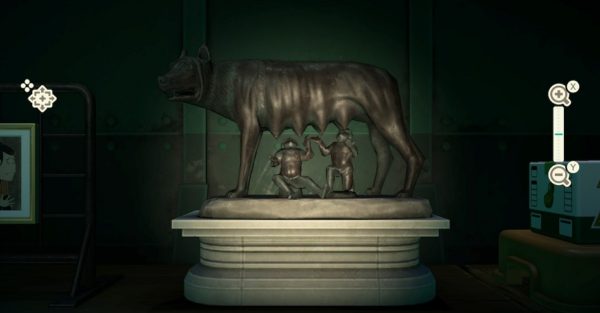
Motherly Statue
In the fake version, the mother wolf’s tongue will be sticking out.
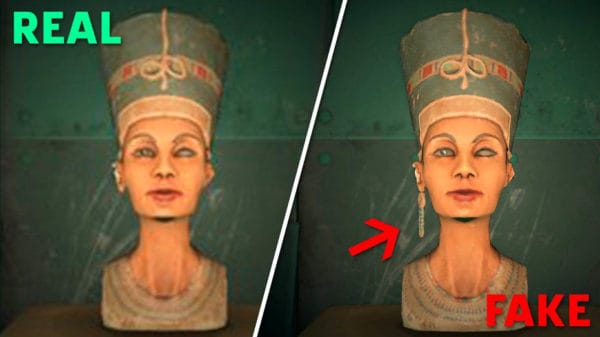
Mystic Statue
The fake version has an earring hanging from its ear.

Robust Statue
You can spot this fake by the subject’s wrist. In the real one, he shouldn’t be wearing a watch.
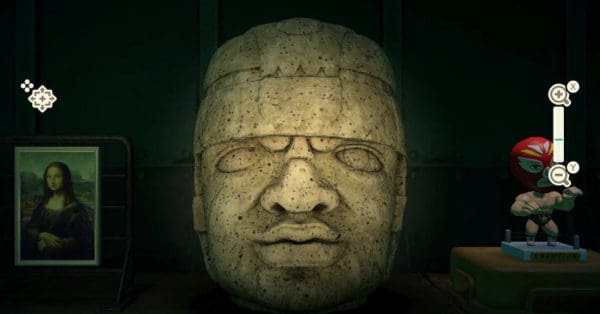
Rock-head Statue
In the fake version, the statue is smiling.
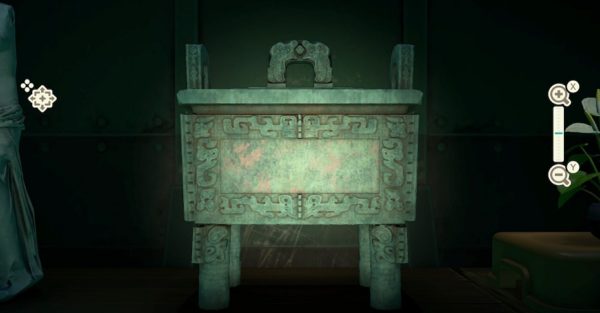
Tremendous Statue
The fake version of this statue features a lid and handle on top.
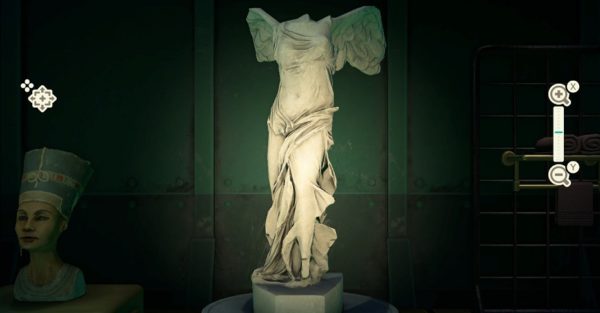
Valiant Statue
Another tricky one to catch, the focus of this statue is the figure’s legs. In the fake one, the model is stepping forward with their left foot. In the real one, it should be stepping with its right foot.
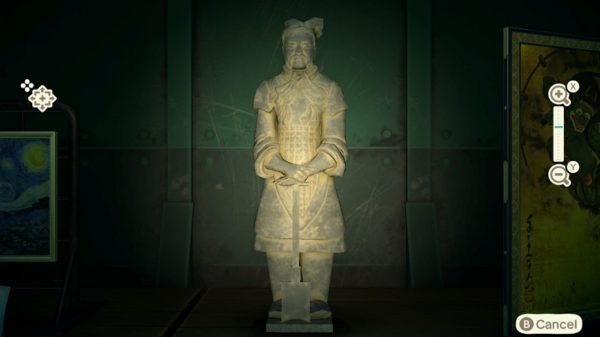
Warrior Statue
In the fake version, the figure is holding a shovel.
What To Do With Art You Buy
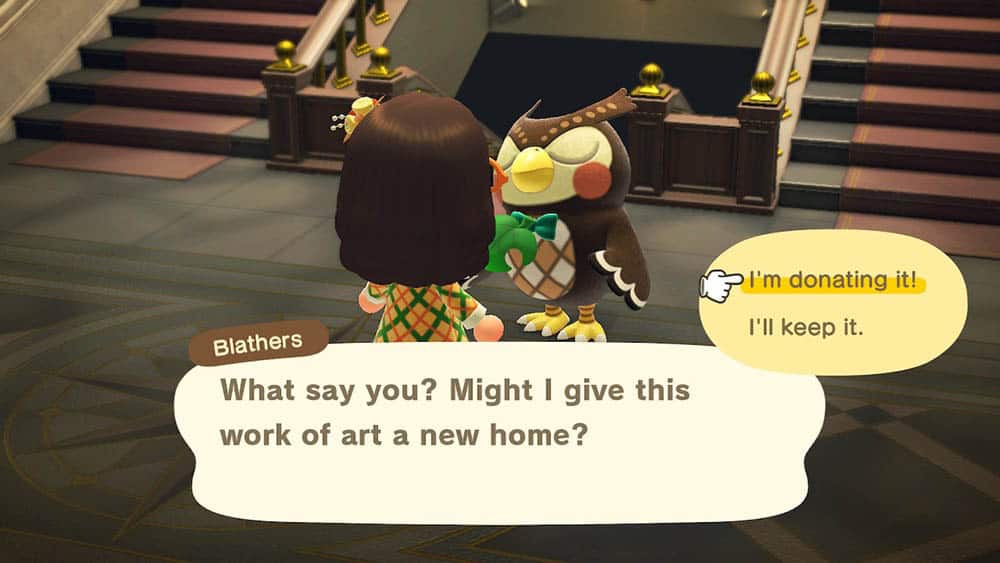
Similar to fish, fossils, and bugs, any art you collect in New Horizons can be donated to the museum once you have the art exhibit upgrade—but only if it’s genuine. If you try to present counterfeit works of art, Blathers will reject your donation.
Aside from the museum, you can show off your art collection inside your home. Paintings can be displayed on walls, and statues can be placed on the ground indoors and throughout your island.
If you happen to buy a fake painting or statue, your options are pretty limited. Nook’s Cranny will not offer to buy it, leaving you with one of two options: keep the fake version, or dispose of it by putting it inside a trash can.
